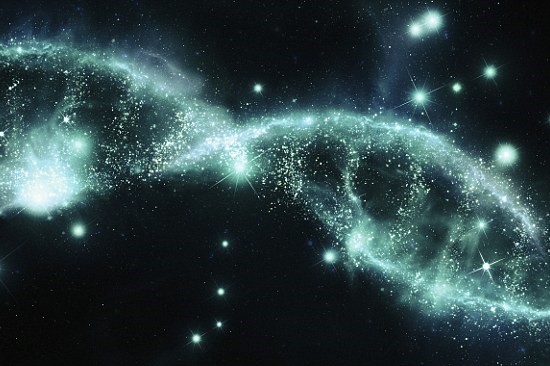November 12, 2019 – In 2017 scientists announced a successful outcome of a three-year experiment at The Scripps Research Institute. Using E. coli they were able to alter its DNA, adding two more base pairs to adenine, cytosine, guanine, and thymine. They named the additions, X and Y. Since then The Scripps researchers have been working on altering RNA, DNA’s partner in life.
The work at Scripps is not in isolation. In February of this year, researchers at the Foundation for Applied Molecular Evolution in Florida doubled down on DNA creating eight base pairings in a stable synthetic helical molecule. At the time they noted there was no reason to limit synthetic DNA to eight pairs. So why not up the ante to 10 or 12?
What makes these lines of research so interesting is they open our eyes to the possibility of new biological or synthetic life. Why would we want to do synthesize biology? Back in 2017, I wrote about the best way for humans to colonize Mars arguing that altering our DNA would make us adaptable to an environment alien to our species. It kind of makes sense that the only way to free humanity from living in a bubble as a spacefaring species would be to alter our genome so we could easily adapt to a place like Mars.
The International Space Station has already taught us what happens to our bodies and other biology in low-Earth orbit when away from the safety of our planet for a year. For humans, the results aren’t pretty. Our circulatory system is altered. Our muscles waste. Our bones thin. Our brains swell. Our autoimmune systems are compromised.
To survive, therefore, suggests we either transport environments to space and other celestial bodies that is Earthlike including our gravity, or make our DNA better at self-repair to deal with solar and cosmic radiation, low and micro-gravity environments, extremes of cold and heat, and more. An altered DNA would be able to create new versions of us with re-engineered muscles, bones, body organs, and circulatory systems. And having done that we would then do this for any other species that accompany us. The question then becomes, would a 6, 8, 10, 0r 12-base pair version of DNA make this transition possible? Is experimenting on humans to find out in the cards?
Up until now our species and every other one on Earth has been limited to DNA and RNA as building blocks of life. But researchers at the Tokyo Institute of Technology, the German Aerospace Center, and Emory University, have been experimenting to find out if there are other biomolecules out there. What they have concluded is the discovery of more than 1.16 million likely alternatives.
In a paper appearing in the Journal of Chemical Information and Modeling entitled, “One Among Millions: The Chemical Space of Nucleic Acid-Like Molecules,” the authors write “there are large spaces of unexplored chemistry relevant to pharmacology and biochemistry and efforts to understand the origins of life.” One of the researchers, Professor Jim Cleaves, at the Tokyo Institute, noted they started out on a path to find out if there were analogs to DNA and RNA, the two biological molecules we know and thought they would find a few more. Instead they found 1.16 million plus.
Why was this possible? Because the difference between DNA and RNA is a single atom substitution. So other single substitutions could conceivably create completely new biological molecules capable of replicating an alien version of what happened here on Earth.
Their findings also raise other questions. When we look for life on places like Mars, should our experiments be limited to attempting to find just DNA or RNA fragments? And if not, how would we devise experiments to recognize an alien biomolecule? The analog to alien biomolecules here on Earth is viruses. Remember how difficult it was until recently for science to detect and understand these very different biomolecular packages to the DNA that created cellular biology?
And could this research help us find new places to plant seeds beyond Earth? No doubt once we realize that the biomolecules that are in us are not unique to creating life, we have the means to create synthetic or hybrid alternatives to who we are now and that just might allow us to tolerate the conditions of almost any terra firma in The Universe. In the end, if we succeed, will we then no longer be us?








